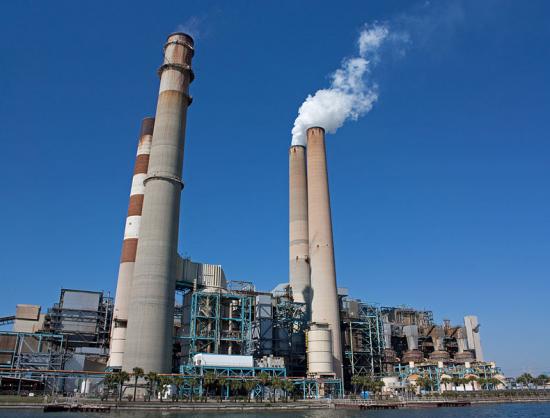Find fellowships, conferences, grants and awards deadlines, workshops and networking opportunities, crowd-sourced leads to job banks, reporting toolkits, hundreds of MOOCs and more. GO >>
How Best to Use CAA §111(d) to Regulate Existing Power Plants' Carbon Emissions

An ELI Associates Seminar
President Obama has directed EPA "to use your authority under sections 111(b) and 111(d) of the Clean Air Act to issue standards, regulations, or guidelines, as appropriate, that address carbon pollution from modified, reconstructed, and existing power plants and build on State efforts to move toward a cleaner power sector." EPA is to propose standards no later than June 1, 2014, finalize them within a year, and have approved state or federal plans in place by the end of President Obama’s term.
Using the Clean Air Act (CAA) to address carbon emissions from existing power plants breaks new ground in environmental law and policy. Please join us for a discussion with top domestic experts on the various options for using the CAA to achieve the president’s orders:
- Should EPA use an emissions rate approach, establish a cap and trade system, or propose other innovative approaches?
- What roles should existing programs like the Regional Greenhouse Gas Initiative and California’s AB 32 play?
- How will state-based CAA regulations work with regional power management?
- What are the relative roles of fuel switching, changing dispatch rules, adding renewable energy capacity, and encouraging energy efficiency?
- How will consumers and emissions be affected?
Our expert panel of speakers has decades of experience with the CAA:
- David Doniger, Policy Director Clean Air & Climate Program, Natural Resources Defense Council
- Jeff Holmstead, Partner, Bracewell & Giuliani LLP
- William (Bill) Pedersen, Senior Counsel, Perkins Coie LLP












 Advertisement
Advertisement 



